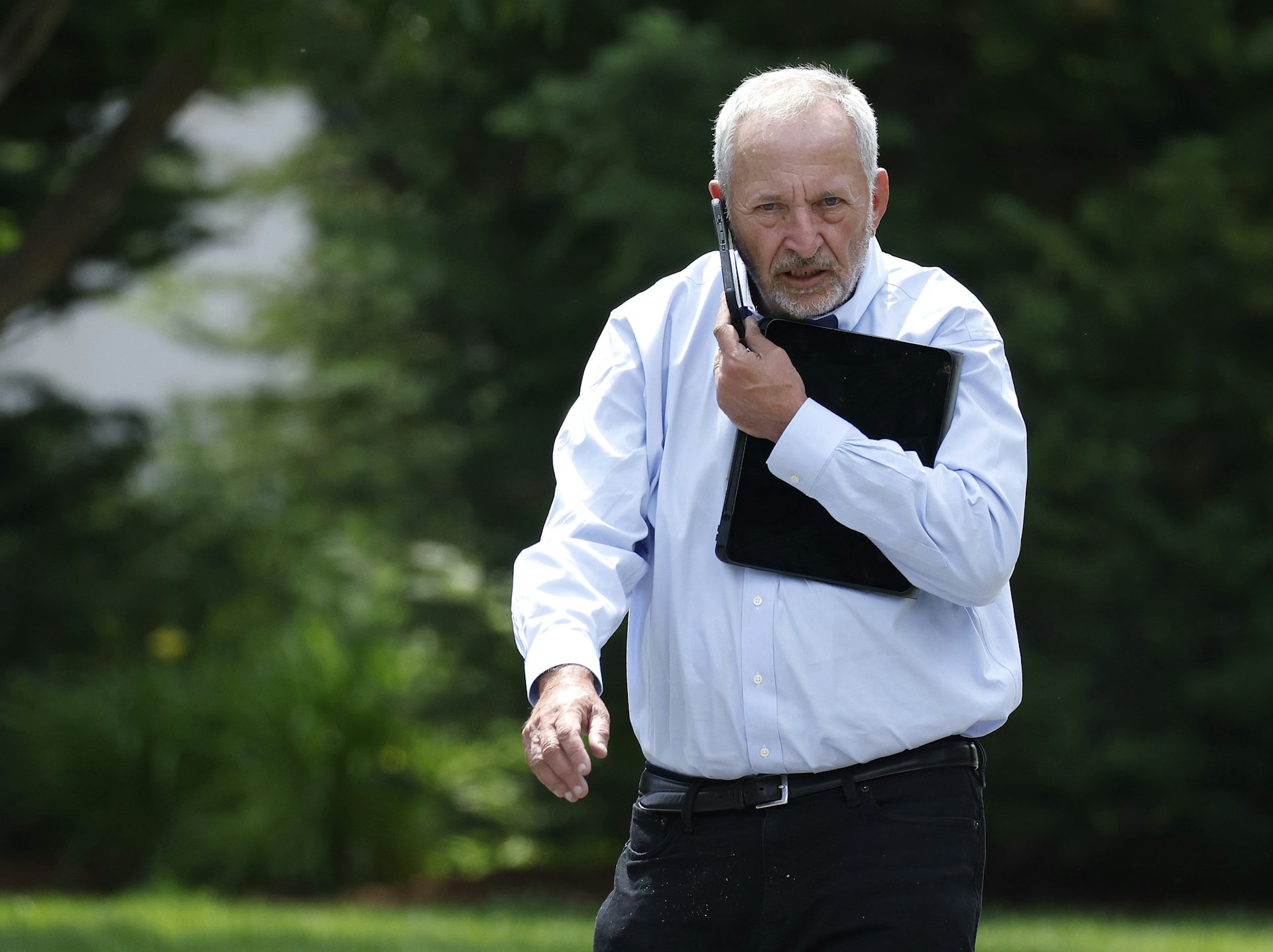A pair of decades-old policies may change the way rural America gets local news
Federal rules governing television stations were meant to keep them connected to the communities they serve. The Trump administration wants to weaken those rules, and those civic links.

While Americans were distracted by the very important public debates around an open internet and the proliferation of fake news online, the Federal Communications Commission quietly proposed reshaping a key way rural Americans stay informed – their local television news.
Two decades-old rules – called by policymakers the “main studio rule” and the “UHF discount” – come from different eras of broadcasting, one when the only electronic media was radio and the other from the days before the dominance of cable television. They also come from a different era of government, when policymakers promoted the principle of localism – the belief that local broadcasters should serve their communities.
In my new book on local media policy in the United States, United Kingdom and Canada, I note a withdrawal from localism in media policy and the chipping away at this bedrock principle of American democracy. The recent FCC moves join this trend, to the detriment of local voices, local people and local stories.
Connecting with the community
In 1939, radio was dominant and television just an experiment. The power of electronic media was already becoming clear. As a result, the FCC required all radio stations to have their main offices and broadcast studios located in the community they served. This became called the “main studio rule.”
The FCC believed this rule would encourage radio stations to be responsive to their communities, in several ways. First, stations would likely employ people who lived in their coverage areas. Those people would be aware of issues facing the community and use the studio facilities to create and broadcast relevant programming.
In addition, listeners would not have to travel long distances to give input and feedback to station management. At those offices, stations had to maintain equipment for producing and airing local programming, keep records of what had been broadcast, and have both management and staff regularly on hand.
These requirements were based on the belief – central to telecommunications policy even today – that the airwaves are a public resource, managed by the government for the benefit of the public at large. In exchange for being allowed the exclusive use of specific frequencies, broadcasters had a duty to serve their communities.
Loosening the reins
By 1987, it was clear that people didn’t often visit stations, but rather called or sent letters. As a result, the FCC allowed stations to locate their studios anywhere the station’s signal could be clearly received.
At the same time, the FCC also removed the rule requiring stations to produce local programming – though they remained able to do so, because they were still required to maintain production and transmission equipment in their studios. In 1998, the FCC let stations move even farther away from their audiences.
In April 2017, the FCC proposed doing away with the rule altogether. In its proposal, the FCC noted telephones, email and social media mean listeners don’t need to be physically nearby to communicate with station management.
As a result, the FCC said, it was unnecessarily burdensome to force broadcasting companies to maintain local studios even somewhat near the communities they serve. This continues the ongoing policy shift from a focus on connections to the local community, and toward benefiting broadcasters’ business operations and profit margins.
That can cause problems, and not just because small communities that used to have local newsrooms may become afterthoughts for reporters and editors in centralized regional hubs. A deadly example happened in January 2002: One person died and a thousand were injured when a freight train derailed, releasing clouds of poisonous gas over Minot, the fourth-largest city in North Dakota. The residents weren’t warned of the danger for hours. Local authorities had technical problems with an automated emergency alert system, and there was no one at the designated radio station to simply cut into the broadcast on a studio microphone and tell listeners what was happening.
Allowing even larger media mergers
The second decades-old rule the FCC wants to repeal would complicate matters further by allowing media companies to own even more TV stations across the country.
Media consolidation is already a major problem today, with critics claiming it leads to a lack of diversity in programming, in journalism and in employment. When it comes to local television, Pew Research recently reported that the five largest television ownership groups – Sinclair, Nexstar, Gray, Tegna and Tribune – own 37 percent of all full-power TV stations in the country.
Increasingly, these owners are also editorializing on their local stations: The New York Times recently reported that Sinclair was forcing its stations to air conservative-leaning news segments, for instance.
This situation does not prioritize giving local viewpoints to the 46 percent of Americans who get their news from local TV, especially in the morning. And the problem of uniform perspectives from far away may get worse.
Defending diversity
To fight consolidation in the hopes it would encourage diversity of ownership and therefore of viewpoints being broadcast, the FCC limited the number of people any one broadcaster can reach. Companies cannot own so many stations that, when combined, their total potential audience reaches more than 39 percent of viewers nationwide.
But the policy is not as straightforward as it might seem. When calculating how many viewers a station reaches, the FCC takes into account the physical properties of different parts of the broadcast spectrum. Some stations broadcast on VHF (very high frequency) channels (numbers 2 to 13 on TV controls), while others are UHF (ultra high frequency) stations, using channels 14 to 69. UHF channels don’t travel as far as VHF ones, so the FCC assumes that, when compared with VHF signals serving the same area, UHF stations reach fewer people. This became called the “UHF discount.”
In the days when over-the-air broadcasting was how most Americans got their TV, that meant a company could own more stations, even in the largest markets, so long as they were UHF broadcasters. It would take more UHF stations to serve enough viewers to hit the 39 percent audience threshold.
Changing the rules
In 2016, President Obama’s FCC eliminated the UHF discount, noting that digital broadcasting over the airwaves reduced the technical difference between VHF and UHF. (In fact, the UHF band is actually better for digital television.) Four companies that owned many UHF stations found their viewership calculations changed significantly, exceeding 39 percent of the population. These four, ION, Univision, Tribune and Trinity, were allowed to keep their stations.
In April, led by Ajit Pai, a Republican member of the FCC under Obama who was elevated by Trump to chair the agency, the FCC restored the UHF discount. The move was intended to be the first part of a full review of the 39 percent audience cap. A federal lawsuit aimed to stop the rule change just recently failed.
The timing of this rule change is important. On May 8, Sinclair, the nation’s largest owner of local television stations, announced that it planned to buy Tribune Media, the country’s fourth-biggest local TV company. The US$3.9 billion deal would add Tribune’s 42 stations to Sinclair’s existing 173.
More important, from the perspective of ensuring diverse media ownership, is the question of how many viewers Sinclair would be able to reach. Without the UHF discount, Sinclair was already approaching the 39 percent threshold, reaching 37.7 percent of American TV viewers, giving the company no room to expand.
But with the UHF discount back in place, the company’s reach would be just 23.8 percent of U.S. households. Adding Tribune would bring it up to over 42 percent. That would force Sinclair to sell a few stations to get back under the cap – but the deal would still be a significant merger. It would be so big, in fact, that if the UHF discount didn’t exist, the merged Sinclair-Tribune would be considered to reach more than 70 percent of American households.
Alas, local interests
These two changes – eliminating rules about where stations’ main studios were located and restoring the UHF discount – strip away most of the remaining regulations protecting local influence over local news broadcasting. Companies like Sinclair can get even bigger, and can centralize the production of what should be local news broadcasts in faraway places.
Viewers in the major markets, like New York, Chicago, Houston and Los Angeles, will always be able to find locally produced news reports on nearly any channel or platform. But rural residents served by Sinclair – like Lewiston, Idaho; Grand Rapids, Michigan; and Steubenville, Ohio – would have a harder time finding their own communities represented in broadcast news.
Americans are clamoring for better journalism. The FCC should be protecting local TV news in small communities, not threatening this information lifeline for rural-dwelling Americans.
Christopher Ali does not work for, consult, own shares in or receive funding from any company or organisation that would benefit from this article, and has disclosed no relevant affiliations beyond the academic appointment above.
Read These Next
Empathy and reasoning aren’t rivals – new research shows they work together to drive people to help
Those driven by both heart and mind help the most people, even far beyond their own circle.
Larry Summers’ sexism is jeopardizing his power and privilege, but the entire economics profession h
In 2024, only about 1 in 3 newly minted economics Ph.D.s were women.
Why do family companies even exist? They know how to ‘win without fighting’
My team analyzed decades of research on family businesses to find out their secret sauce. Three key…





